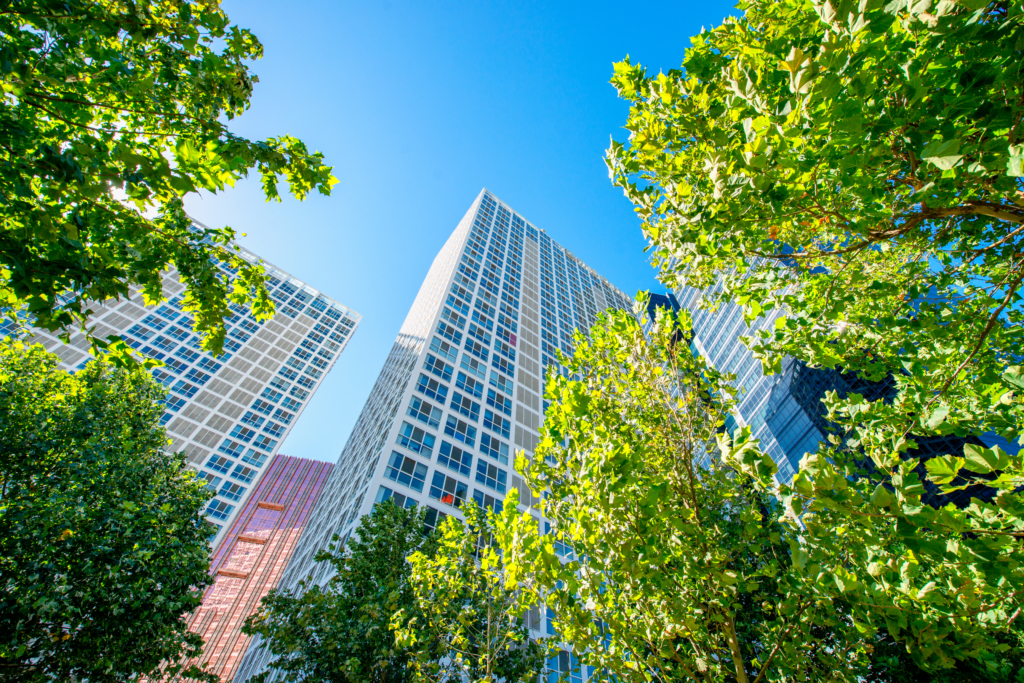
Sustainability in construction has evolved far beyond checklists and green labels. Today, it defines how buildings are designed, built, operated and renovated, especially in a world increasingly driven by energy costs, environmental responsibility and human wellbeing.
Performance means efficiency
In the current landscape, building performance starts with one essential principle: efficiency. Energy consumption and resource use must be minimized and intelligently managed, not only to meet regulations but also to reduce operational costs and carbon emissions. From insulation and glazing to mechanical systems and lighting, every component plays a role in lowering energy demand and maximizing overall building efficiency.
Just as important is the experience of the people inside the building. Comfort – thermal, acoustic, visual and even psychological – has become a core metric for sustainable design. A building that preserves energy but is unpleasant or unhealthy to use is no longer acceptable by modern standards. Occupant wellbeing and social responsibility are now inseparable from environmental sustainability.
Technology makes sustainability measurable
This new approach relies heavily on connectivity and smart systems. Advanced Building Management Systems (BMS), sensors and real-time data platforms enable operators to monitor performance, identify inefficiencies and adapt operations dynamically. These tools bridge the gap between sustainability plans and daily performance, ensuring buildings remain efficient long after handover.
When integrated effectively, technology empowers both users and operators and helps reducing energy waste, prolonging system lifespans and increasing productivity across the board. It’s not just about having a high-performance building, but also about keeping it that way.
The new definition of value
For new construction, sustainability begins at the drawing board. Low-carbon materials, digital simulations and energy modeling guide design decisions from day one. Certifications like LEED and BREEAM have become not just respected achievements but expected standards in many markets.
In today’s market, sustainability is no longer about prestige,it’s about resilience, efficiency and long-term value. A sustainable building is one that costs less to run, supports its occupants and aligns with global climate goals.
At BuildGreen, we believe sustainability should be measurable, actionable and achievable. Whether it’s guiding the certification of new developments or managing the transition of existing buildings, our goal is to make sustainability a foundation for performance.

